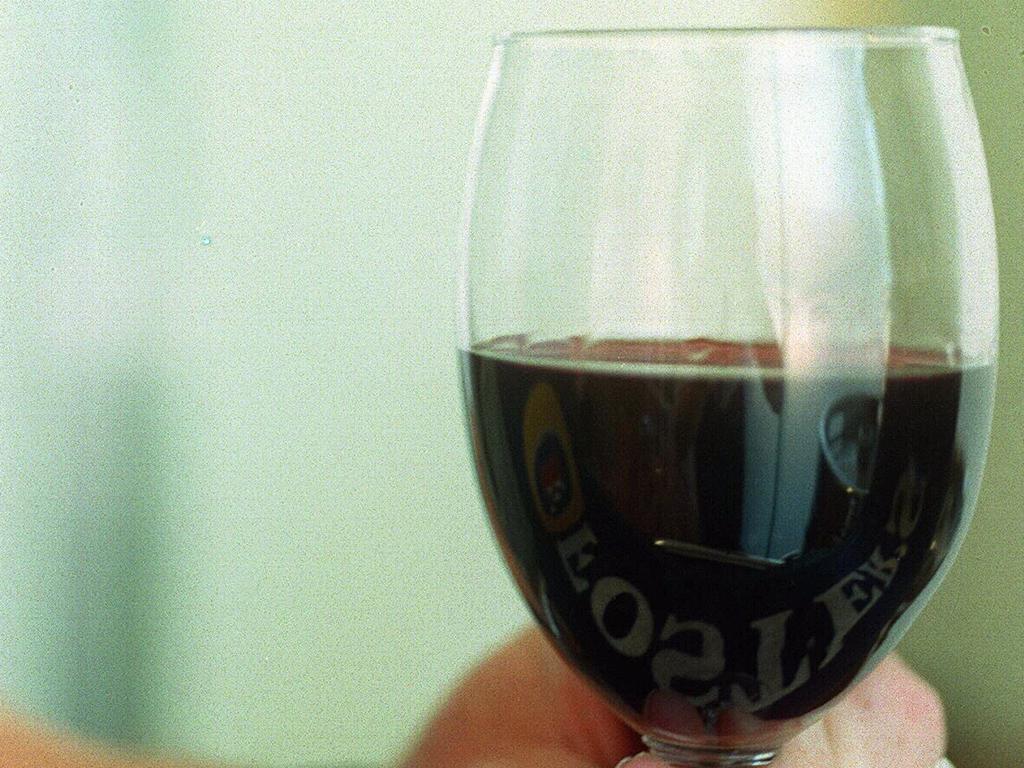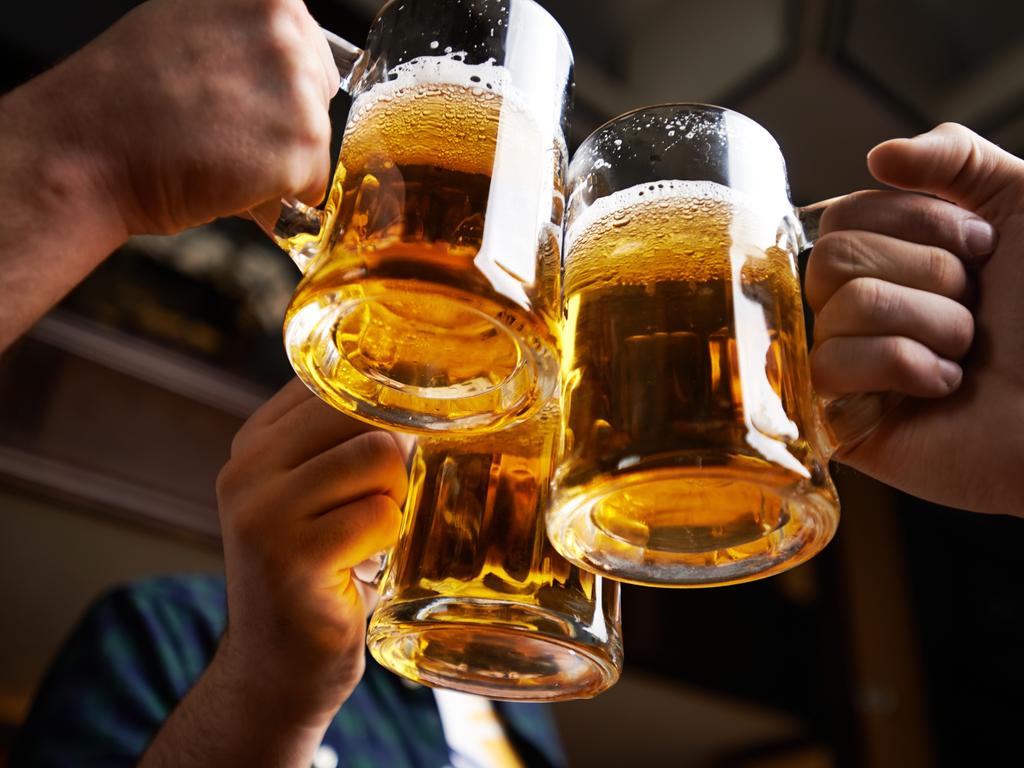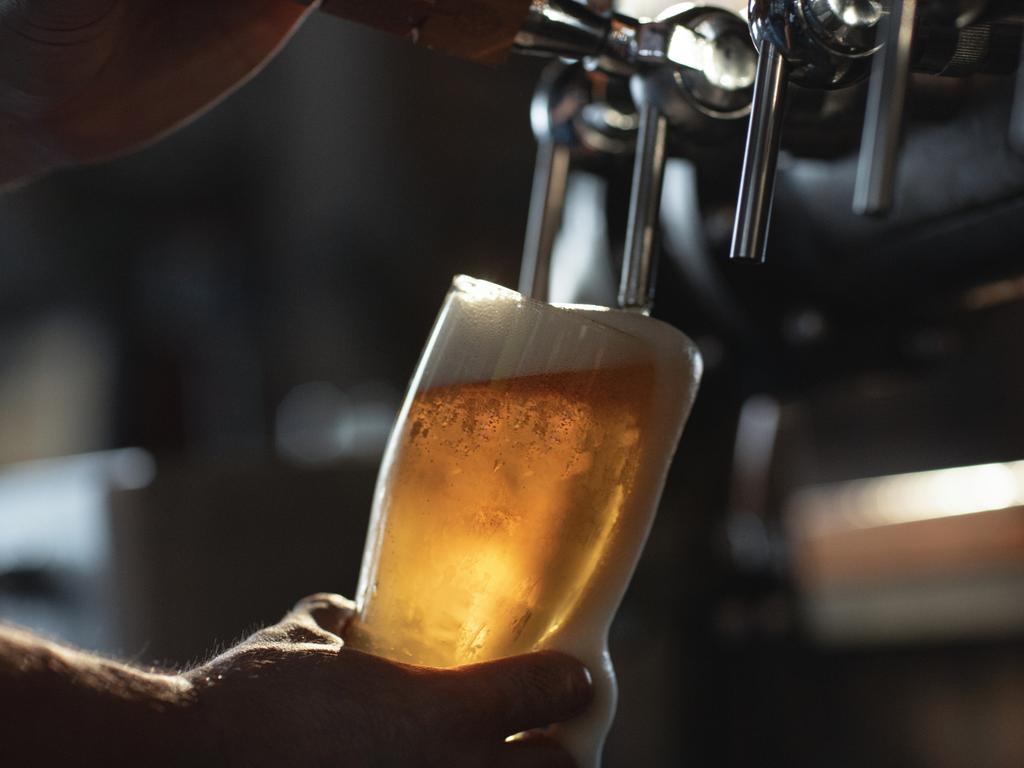Food Standards Australia New Zealand considers energy labels for alcohol
Aussies have largely been kept in the dark about key ingredients in their beer and wine, but that could be about to change.
Aussies have largely been kept in the dark on the kilojoules hiding in their booze, but that could soon change under a proposal to consider energy labels on alcoholic drinks.
Food Standards Australia New Zealand (FSANZ) announced on Monday that it was preparing a proposal to consider including the labels.
Unlike most other packaged food and drinks, packaged alcoholic beverages have been exempt from providing nutrition information on the label.
It means consumers have been limited from understanding the energy contribution – measured in kilojoules or calories – that alcohol makes to their diet.

Alcohol is high in energy, providing 29.3 kilojoules per gram, according to the National Health and Medical Research Council.
Australian Dietary Guidelines recommend limiting alcohol intake to assist in managing body weight given it is energy dense but nutrient poor.
FSANZ last year found consumer understanding of the energy content in beer, wine and spirits was poor.
An analysis of 22 studies showed only a minority could correctly guess a drink’s energy content (the number of kilojoules or calories) using general knowledge.
The consumers surveyed were also generally unable to correctly rank the energy content of different alcoholic drinks.
They tended to mistakenly think wine and spirits were lower in energy compared with other booze.
Meanwhile, beer was wrongly thought to be higher in energy than other alcoholic drinks, according to FSANZ’s evidence assessment in June last year.

The Brewers Association of Australia, a peak body representing Australian beer makers and drinkers, has been supportive of FSANZ’s moves towards energy labelling.
The Obesity Policy Coalition has also backed improved labelling that shows how many kilojoules are in a product.
However, it argued the labels should only include energy content because including carbohydrate or sugar content could mislead people into thinking low sugar or low carb products were healthier – irrespective of alcohol content – potentially leading them to drink more.
“Displaying energy information on the label of alcoholic products would ensure the information is provided to consumers at the times when they purchase and consume alcoholic products,” Obesity Policy Coalition executive manager Jane Martin said.
“Energy labelling is particularly important in relation to alcohol given the evidence of its association with energy intake, weight gain and obesity.”
Ms Martin said public education was critical so consumers knew how to use the labels and understood the health impacts of alcohol and its energy contribution to their diet.
“Research has found that consumers do not understand that alcohol is the main source of energy in most alcoholic drinks and that consumers do not understand energy information,” she said.
“Public information campaigns on labelling are critical element to aid consumer understanding along with policy change.”

Labelling alcoholic beverages with their energy content is not specifically regulated anywhere in the world, but some countries are in the process of developing mandatory requirements for it.
In the UK, health experts earlier this year called for better alcohol labelling after an independent lab analysed 30 bottles of red, white, rose, fruit and sparkling wine from the top 10 leading wine brands.
The study, commissioned by the Alcohol Health Alliance UK, revealed that wine could contain anywhere from zero up to a staggering 59 grams of sugar per 700ml bottle – the same as eating more than four iced doughnuts in a sitting.
In contrast, the World Health Organisation has recommended sugar intake be reduced to less than 10 per cent of total daily energy intake, which on average is about 12 teaspoons (50 grams) of sugar per day for an adult.
The proposal to consider alcohol energy labels in Australia comes after government ministers in 2019 asked FSANZ to consider the issue.
FSANZ will consult industry on the proposal this month before releasing it for public comment later this year.




